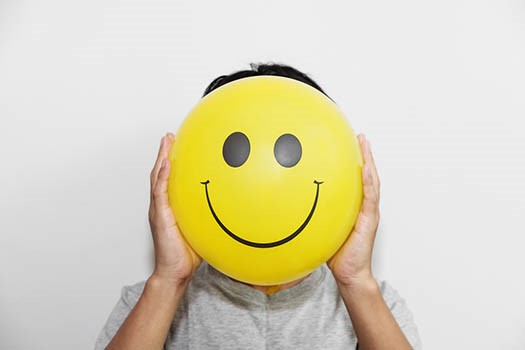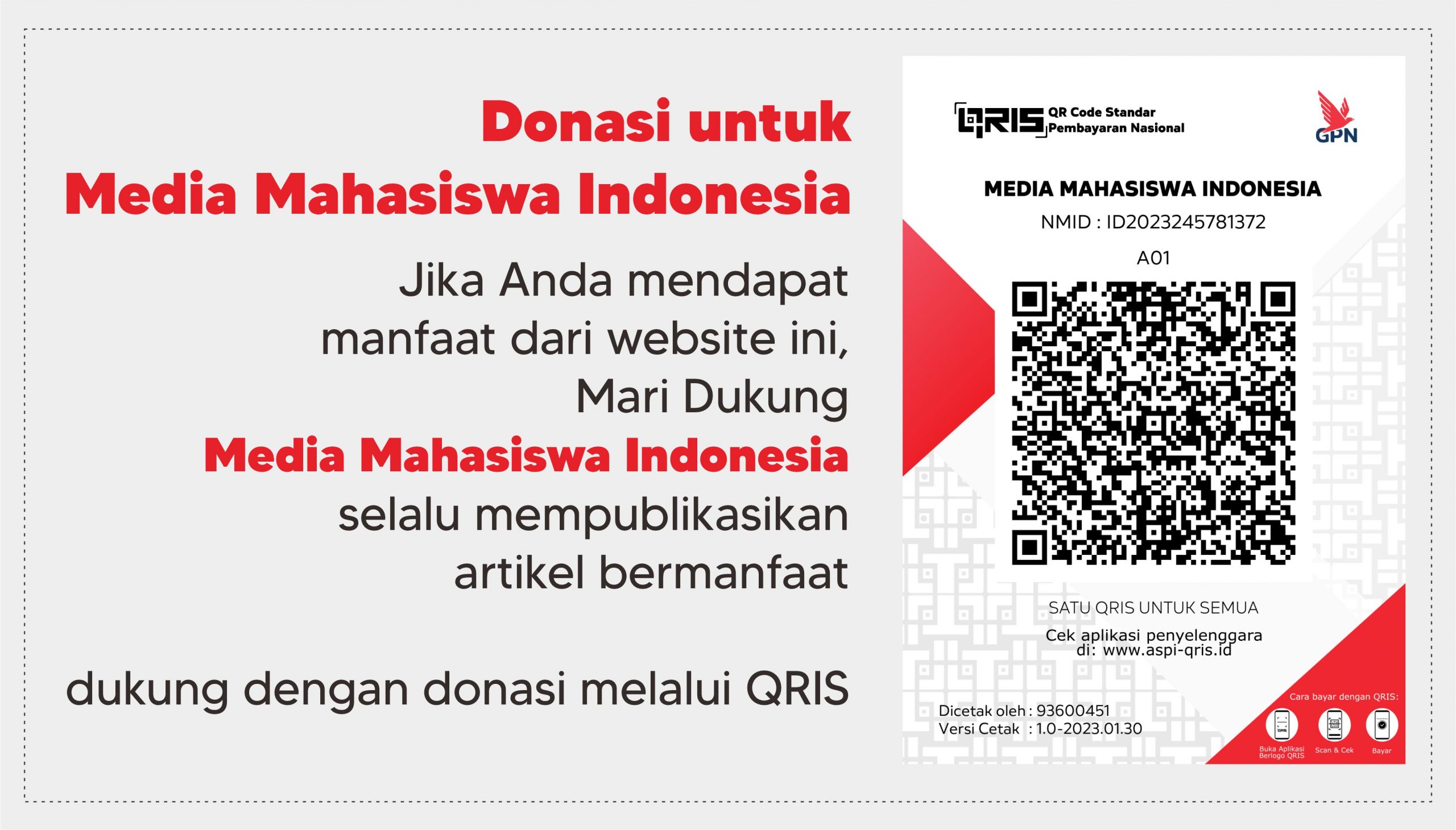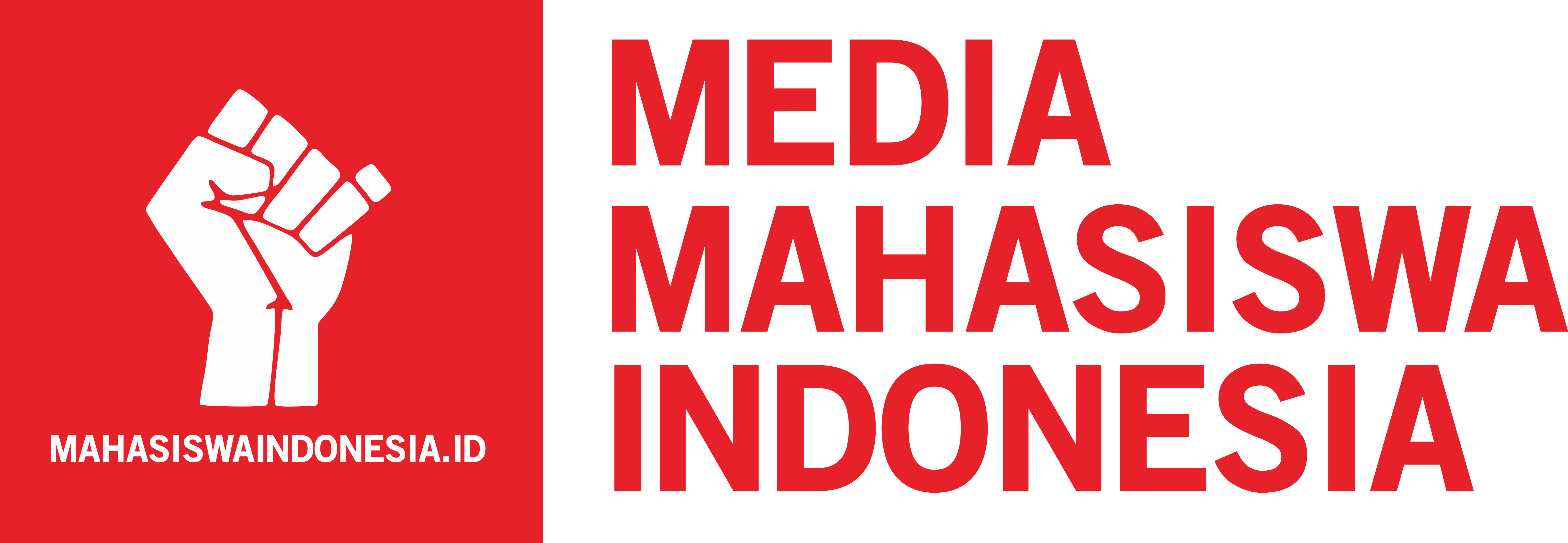Do you realize how important happiness is? Many people say that happiness is self-made (Berezan et al., 2018). We have the control to choose whether we are happy or not.
We can’t just depend on other people for happiness or even wait for a miracle to come our way, but we must try to get that happiness. But what does “Happiness” really mean? Berezan et al. (2018) mentioned that there is no single definition of happiness.
Everyone has their perspective on what makes them happy. Most people will answer different things when asked to describe what makes them happy (Easterlin, 2003).
People will answer that happiness starts from sunshine to dancing, health to wealth, and children to long-term love relationships.
Although there are different answers, the result will only lead to one thing: the self-emotional well-being caused by positive activities. Positive activities will create happiness, which increases if we invite positive energy (Rowland et al., 2018).
Positive energy could spread indirectly to the people around if pure happiness has been placed deep in the heart (Easterlin, 2003). This positive energy can be invited in many ways, such as doing positive activities (Layous et al, 2017) mentioned that simple, short, and self-done positive activities can increase positive emotions.
When an experience leads to a memory, it affects one’s happiness (Berezan et al., 2018). That is closely related to social media. Social media involves the active consumption of an experience because it allows individuals to share moments that then become memories with everyone.
Nowadays, social media is used to find relationships through cyberspace and show off what one has. For some people, when they see this content, they will feel motivated.
However, some people are very likely to experience a decrease in happiness just because of the feelings of envy from what they see. Feelings of inferiority, jealousy, and even shame for themselves can reduce self-confidence and even cause someone to be unhappy.
Berezan et al, (2018) indicated that consuming social information increases envy and reduces cognitive and affective well-being. There are many activities that we can do to increase positive emotions. These activities can start from easy and quick things that can be done alone.
For example, write down ‘hopes for yourself in the future’. According to (Layous et al, 2017), increasing expectations for oneself will have more impact than reflecting on what they have done during the week. Other positive activities that can increase positive emotions are expressing gratitude and saying thank you.
(Layous et al, 2017) also revealed that expressing gratitude before instructing people to perform good actions (doing other positive activities) will make it easier for someone to accept further instructions to perform good actions. It is also possible to increase the enthusiasm for other prosocial efforts.
Moreover, listening to our favorite music will increase positive emotions. Happiness can be induced by music by the memory mechanism.
This mechanism refers to a more general theory of emotion induction (Bullack et al., 2018). A person who has tried to perform such good actions will get a surge of positive emotions that result in a person’s emergence of a “good” state.
Self-initiated positive activities consist of repeated good thoughts or actions. Such actions tend to provide longer-lasting positive emotions, strengthen oneself, and generate stronger motivation to help others (Layous et al., 2017).
From those statements, we can conclude that happiness will occur when positive emotions have spread from within. These positive emotions can be built and continuously improved by short and simple positive activities.
These positive activities can be in the form of hope for the future, expressing gratitude and thanks, or even listening to favorite songs.
When people have enough happiness and positive emotions within them, they tend to be more receptive to further instructions, encouraged to do good deeds, and can even increase their enthusiasm for other prosocial efforts.
Author: Felita Safa Alya
Psychology Student, Universitas Pendidikan Indonesia
Editor: Salwa Alifah Yusrina
Bahasa: Rahmat Al Kafi
Reference
Berezan, O., Krishen, A. S., Agarwal, S., & Kachroo, P. (2018). The pursuit of virtual happiness: Exploring the social media experience across generations. Journal of Business Research, 455-461. doi:https://doi.org/10.1016/j.jbusres.2017.11.038
Bullack, A., Budenbender, N., Roden, I., & Kreutz, G. (2018). Psychophysiological Responses to “Happy” and “Sad” Music: A Repliction Study. Psychophysiology of Music Listening and Emotion, 35(4), 502-517. doi:https://doi.org/10.1525/MP.2018.35.4.502
Easterlin, R. A. (2003). Explaining Happiness. Departement of Economics University of Southern California, 100(19), 11.176-11.183. doi:www.pnas.org/cgi/doi/10.1073/pnas.1633144100
Kristin Layous, S., Nelson, K., Kurtz, J. L., & Lyubomirsky, S. (2017). What triggers prosocial effort? A positive feedback loop between positive activities, kindness, and well-being. The Journal of Positive Psychology, 12(4), 385-398. doi:10.1080/17439760.2016.1198924
Rowland, L., & Curry, O. S. (2018). A Range of Kindness Activities Boost Happiness. The Journal of Social Psychology. doi:10.1080/00224545.2018.1469461
Ikuti berita terbaru Media Mahasiswa Indonesia di Google News










